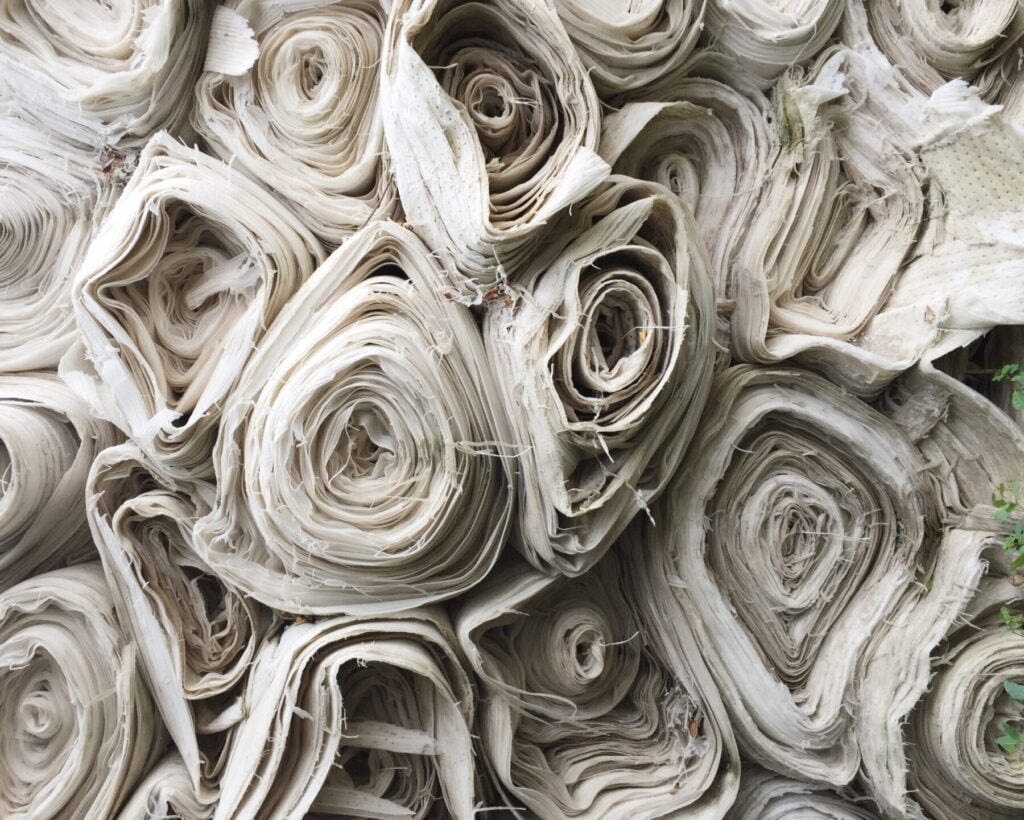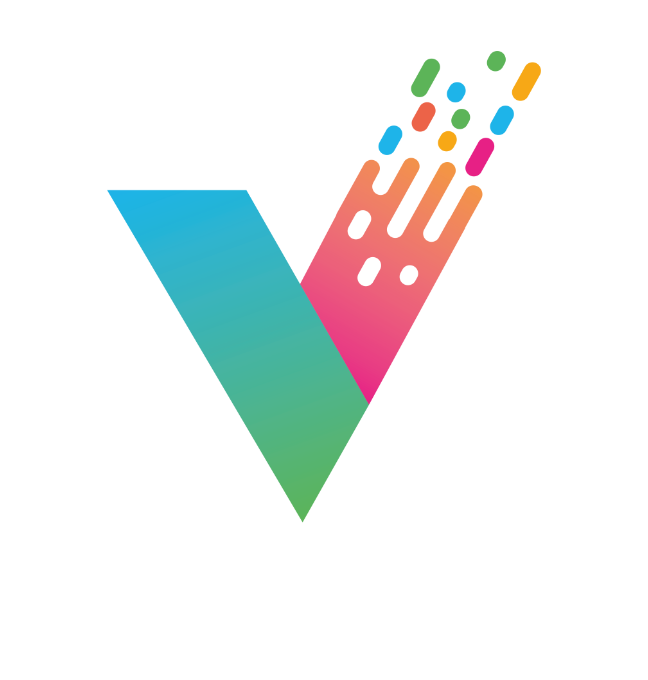
Integrating circular economy in textile education: challenges and opportunities
The circular economy is an increasingly recognised model that serves as a sustainable alternative to the traditional linear economy model. This concept is based on maximizing resource utilisation through recycling, reuse, and extending the lifecycle of products.
In the textile industry, excessive production and waste are significant issues; the circular economy offers solutions by adhering to the principles of a “closed loop” system, where materials and products are reintegrated into the production process after use. To implement global and lasting solutions in this direction, the ideas of the circular economy must be applied and developed through education.
Education plays a crucial role in changing the paradigm of overproduction and linearity by preparing a new generation of professionals who think sustainably and create products with minimal environmental footprints. Integrating the circular economy into the educational process provides opportunities to develop innovative solutions that will transform the industry.

Challenges faced by textile and clothing industry education
- Limited funding in schools and universities: many educational institutions have restricted budgets for purchasing modern technologies and materials necessary for recycling and sustainable production;
- Insufficient knowledge and skills among educators: teachers often lack the necessary expertise to teach concepts related to the circular economy, necessitating additional training and courses;
- Conservative curricula: many of the current educational programs are outdated and do not include disciplines related to sustainability, recycling, and innovations in textiles;
- Attitudes of students and society: changing the “fast fashion” culture requires not only education but also a rethinking of consumer habits, which is a long-term process;
- Opportunities for integration and practical projects: There is a need for projects focused on sustainability to be integrated into the curriculum.

Paths for developing the circular economy and educational opportunities
- Utilising modern technologies: technologies such as 3D printing and prototyping, computer-aided design (CAD) software, and digital design can reduce material waste by enabling more precise production. Digitalisation allows the creation of numerous and diverse clothing models without generating additional waste, while simultaneously producing sustainable products;
- Organising sustainability and circular economy clubs: interest-based clubs can motivate students to think beyond standard classroom hours by presenting new opportunities to extend the life of garments through reusing old clothes, recycling textile waste, or creating new products from used materials;
- Promoting conscious consumption through durability-focused design education: this includes using high-quality and long-lasting materials, designing clothes with easily replaceable components and repairability, as well as modular garments (with interchangeable elements according to season or weather). Creating a “capsule wardrobe” with garments featuring classic cuts and encouraging the creation of multifunctional or transformative clothing are also essential.
Benefits of circular economy education
Education in the concepts of the circular economy would enable young people to acquire practical skills relevant to the modern industry and become part of the shift toward a more sustainable future. Additionally, it would encourage innovation, reduce waste, and form a new generation of designers and manufacturers with environmental responsibility.
Integrating the circular economy into textile education is not merely a necessity but also an opportunity to rethink the entire approach to education and production. Despite existing challenges, the benefits for society, the economy, and the environment are immeasurable. Educational institutions that embrace this change will play a key role in creating a sustainable textile industry.
If you’d like to integrate circular economy modules into your teaching, take a look at the free online course Green VETRINE, produced by the VETRINE project.
Author: Sonya Vodenova, Nevrokop Vocational Highschool, Bulgaria


